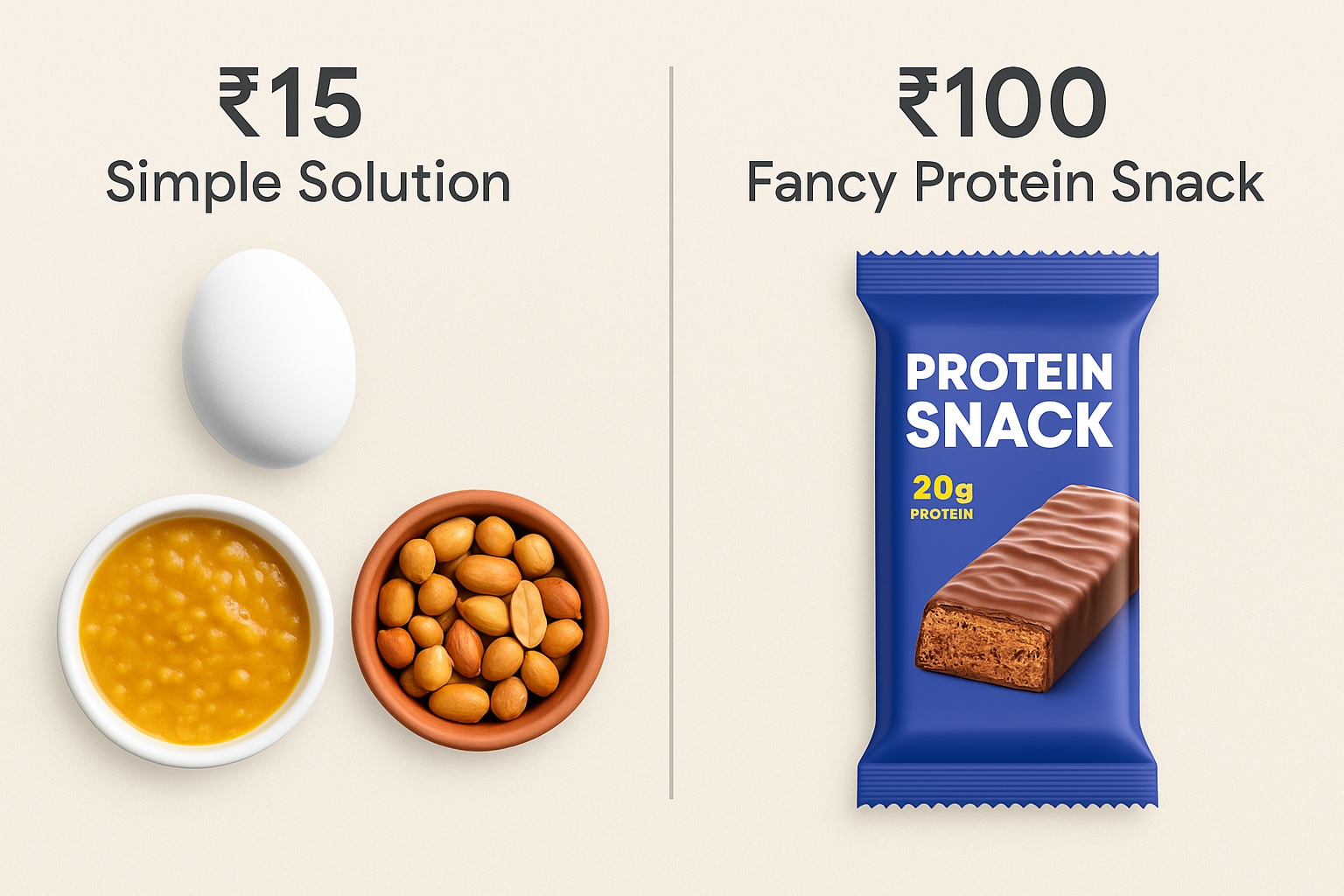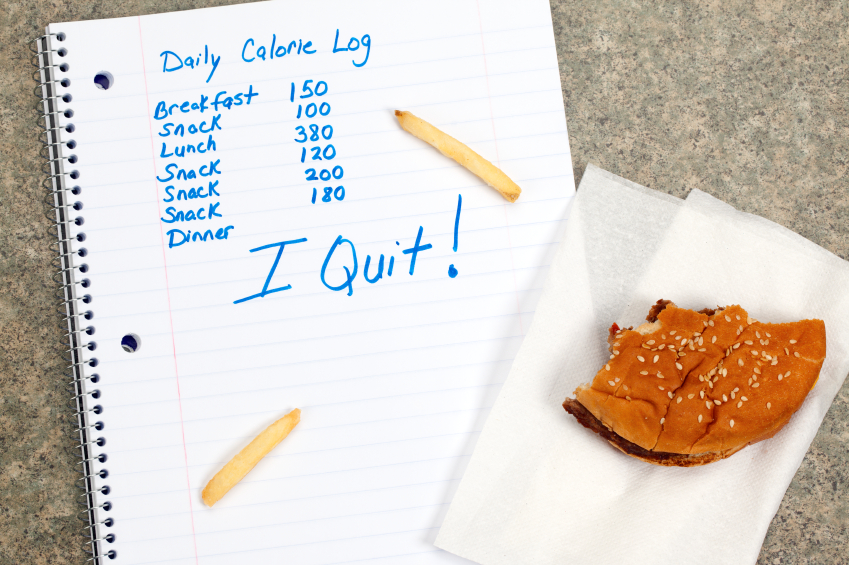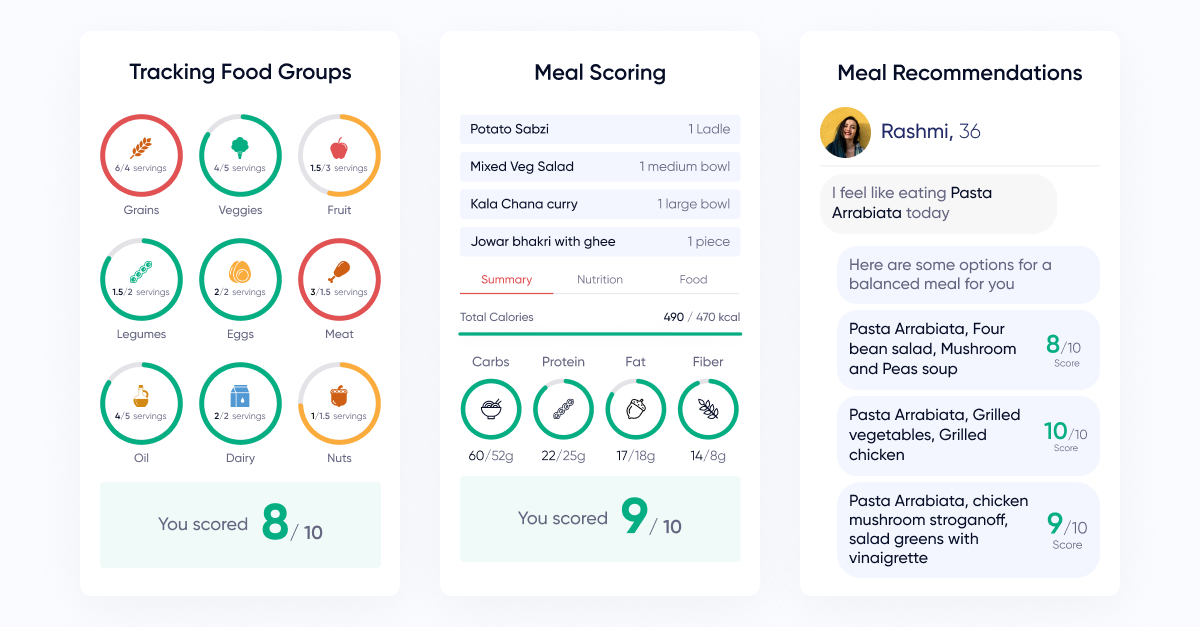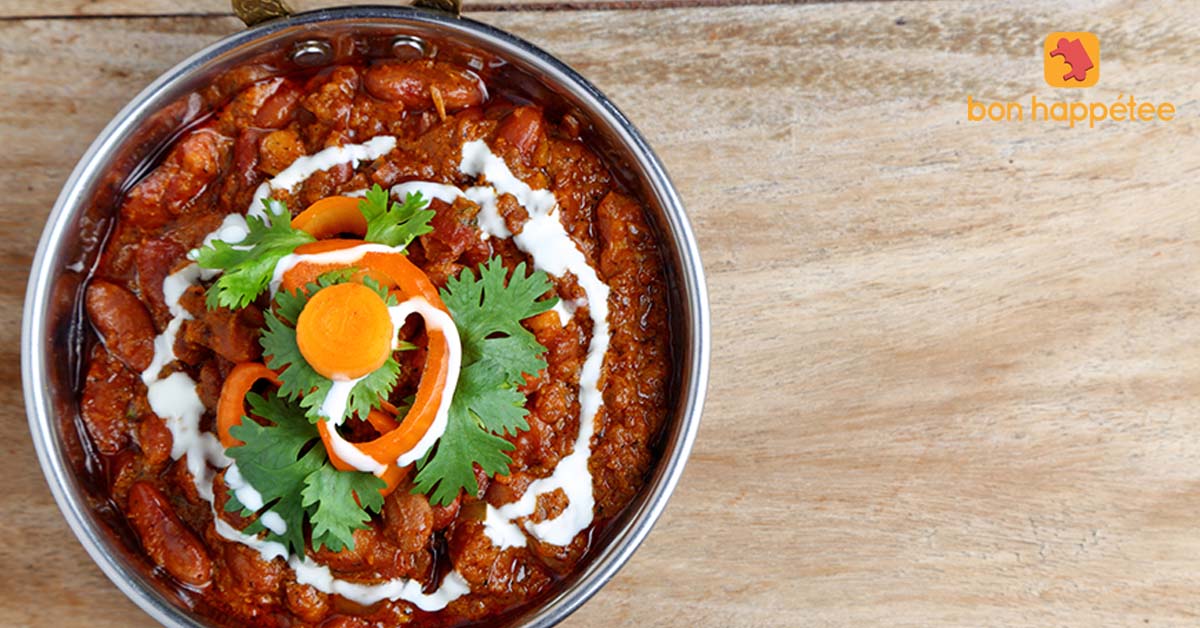
When it comes to nutrition debates, few foods spark as much confusion in India as dal (lentils, legumes, beans). Scroll through any WhatsApp group or fitness influencer’s page, and you’ll hear two dramatically different schools of thought:
“Dal is a source of protein. That’s how it’s taught in every nutrition institute and backed by food science.”
“Dal is not protein because it has more carbs than protein. Plus, it’s incomplete.”
But here’s the thing — incomplete ≠ non-existent.
Dal does have protein. A significant amount. And science backs it.
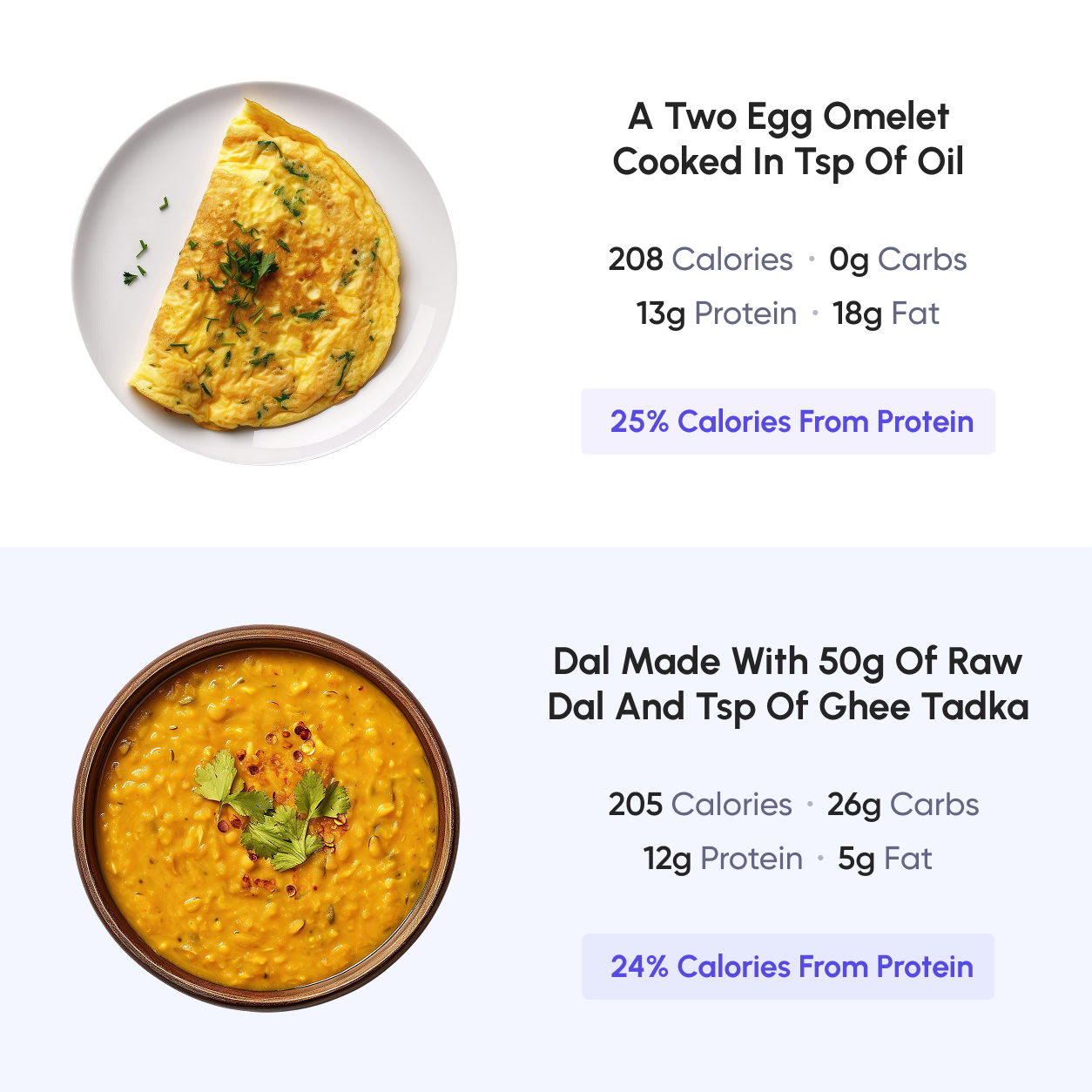
One of the most accepted ways to evaluate whether a food qualifies as protein-rich is to compare the calories from protein to total calories.
Here’s how it stacks up:
That’s right. By this measure, dal is almost at par with eggs.
Let’s look at two real-world comparisons:
🥚 Two-egg omelet (cooked in 1 tsp oil)
🥣 Dal (50g raw dal, cooked with 1 tsp ghee tadka — a large bowl)
👉 Both deliver almost the same protein density per calorie.
So if eggs are celebrated as a “protein source,” then dal absolutely deserves the same recognition.

Beyond ratios, let’s talk official guidelines.
According to FSSAI (Food Safety and Standards Authority of India):
A food is considered “high in protein” if it provides at least 10% of the Recommended Dietary Allowance (RDA) per 100 kcal.
Now, check the math:
✔️ Dals, legumes, lentils all meet or exceed this threshold.
✔️ Eggs also meet this threshold.
Conclusion: Both eggs and dal qualify as protein-rich foods under FSSAI regulations.
Yes, eggs and dal differ in their “extra” calories — but both come with valuable nutrients:
So it’s not about one being “better” than the other. It’s about different nutrient packages.
The argument that dal cannot be called protein because it contains carbs is misleading.
By that logic, eggs shouldn’t be called protein either — since they contain more fat than protein.
But that’s not how nutrition science works. Both are protein sources. Both are essential.
So the next time someone tells you “dal is not protein,” you’ll know what to say:
“If eggs are protein, dal is too — because science says so.”
Unless, of course, they’ve decided logic isn’t part of their diet.
Dal is not just comfort food in India — it’s a nutritional powerhouse. It offers protein, fiber, micronutrients, and plays a critical role in vegetarian and vegan diets. Comparing it unfairly to eggs or dismissing it entirely is not only unscientific, it’s misleading.
Bottom line: If you eat eggs, great. If you eat dal, also great. If you eat both, even better. Your body wins either way.

